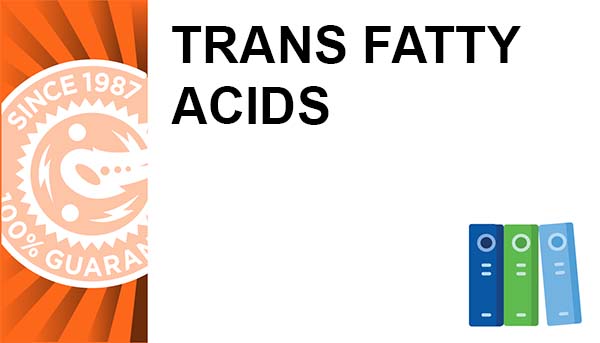By William Misner, PH.D.
Reference Daily Intakes (RDIs) is a new term that replaces the familiar U.S. Recommended Daily Allowances (U.S. RDAs). RDIs are based on a population-weighted average of the latest RDAs for vitamins and minerals for healthy Americans over 4 years old. RDIs are not recommended optimal daily intake figures for any particular age group or sex. Government- established Reference Daily Intake guidelines (RDIs) are designed to prevent nutrient-deficiency diseases. Most nutritionally oriented professionals' reference research that supports selection of foods and/or supplements to supply all micronutrients well above RDI levels to maintain optimal health and prevent degenerative disease.
Vitamin C is a water-soluble vitamin that like other water-soluble vitamins when it is excessive above the body's needs is excreted via urine. Colgan measured vitamin C excretion rate subjects and reported that some could take 5000 milligrams with no increase in excretion rate while others after taking only 1000 mg showed extraordinary urine excretion rate. Colgan calls this remarkable difference in individual's vitamin requirement, "Biochemical Individuality". I wondered therefore, in spite of great differences in "Individual Biochemistry," does our food intake provide 100% of the RDI level of micronutrients required for a deficiency disease preventative?
METHOD: A computer-generated dietary analysis was performed on whole food intake from the diets of 20 subjects, 10 men (ages 25-50y) and 10 women (ages 24-50y). This computer- program default utilized the Harris-Benedict formula for determining energy expense against micronutrient needs based on activity-induced calorie expenditure, age, gender, and Body Mass Index (BMI). Each subject was selected based on the highest number of foods consumed daily of 42 dietary analysis subjects. The purpose of this search was to determine if food intake alone provided the Reference Daily Intake (RDI) requirements for 10 vitamins and 7 minerals. The ten vitamins examined were Vitamin A, Vitamin D, Vitamin E, Vitamin K, Vitamin B-1, Vitamin B-2, Vitamin B-3, Vitamin B-6, Vitamin B-12, and Folate. The seven minerals examined for were Iodine, Potassium, Calcium, Magnesium, Phosphorus, Zinc, and Selenium. Diets were analyzed from the following active individuals (A): 2 professional cyclists, 3 amateur cyclists, 3 amateur triathletes, 5 eco-challenge amateur athletes, 1 amateur runner. Six (6) of the subjects were sedentary (S) non-athletes. Fourteen (14) active subjects (A) were compared to six (6) sedentary subjects (S). Based on each subjects caloric expense, age, gender, BMI, 10 of the diets were calculated as calorie-excessive, above energy requirements (4 men and 6 women), but the remaining 10 diets were calculated calorie-deficient, not meeting 100% of their energy requirements (6 men and 4 women).
RESULTS: When total calorie intake percentages were averaged for each group, men consumed only 92.6% of the calories required for their total energy requirements, while women consumed only 97.3% of the calories required to meet their energy requirements. To view this graphically, see table 1 below.





Of the 20 diets analyzed, 50% were calorie-sufficient and 50% calorie-deficient resulting in an overall -7.4% deficiency for men and a -2.7% deficiency in women. Calorie-deficient menus tended to record a greater number of micronutrient deficiencies as compared to the caloriesufficient. Of the 340 micronutrient entries generated from 17 micronutrients analyzed, all subjects presented a deficiency of between 3 and 15 deficiencies based on Reference Daily Intake (RDI) values taken from their food intake alone. Males averaged deficiencies in 40% of the vitamins and 54.2%% of the minerals Reference Daily Intake (RDI) required. Females recorded deficiencies in 29% of the vitamins and 44.2% of the minerals Reference Daily Intake (RDI) required. The male food intake was RDI-deficient in 78 out of 170 micronutrient entries, or 45.8% of the 10 vitamins and 7 minerals analyzed. The female dietary intake was RDI-deficient in 60 out of 170 micronutrients or 35.2% of the 10 vitamins and 7 minerals analyzed. Both male and females as a single entity recorded 138 micronutrient deficiencies out of the possible 340 micronutrients analyzed, or 40.5% micronutrient RDI-deficiency from food intake alone.
CONCLUSION:
This twenty-subject food analysis is not representative of the entire population, but these results imply that micronutrient deficiencies do exist to some degree in spite of calorie adequacy, inadequacy, activity, or inactivity. Activity's effect on caloric deficiency, further imposes micronutrient deficiency and predictably increases the risk of deficiency disease. In highly active persons, micronutrient deficiencies occur at the highest rate when micronutrient-rich foods are not consumed to replace the calories spent. Food alone in these 20 subjects did not meet the minimal Reference Daily Intake (RDI) micronutrient requirements for preventing micronutrient-deficiency related disease-like disorders. The more active the person, the greater the need to employ balanced diet of micronutrient-rich foods; otherwise, micronutrient supplementation is a preventative protocol for preventing deficiencies.








